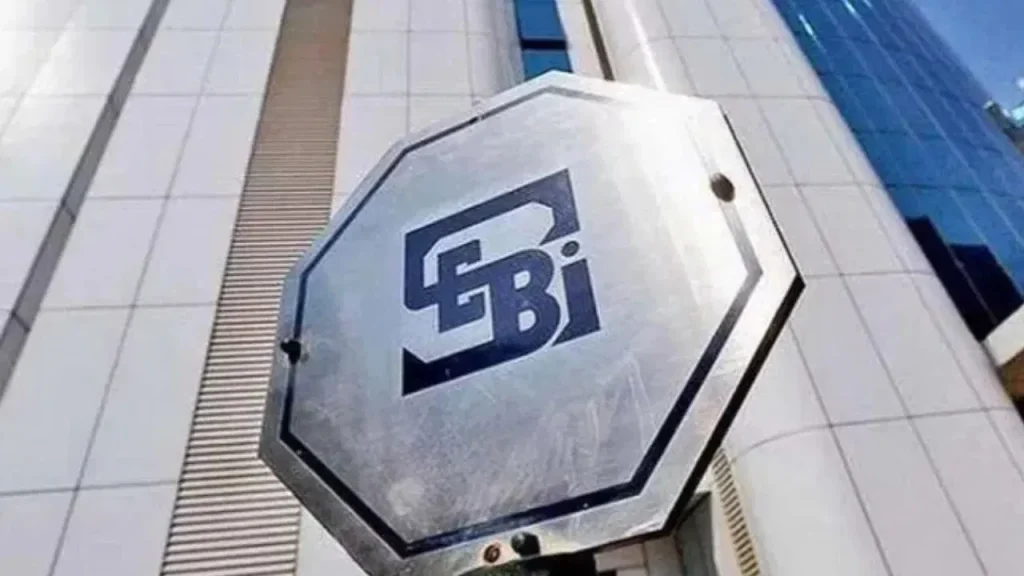Context:
Recently, the Securities and Exchange Board of India (SEBI) released a set of several measures to strengthen the equity index derivatives framework, also known as equity futures and options (F&O).
More on News:
- These reforms include six key changes that are meant to enhance the functioning and stability of the equity derivatives markets.
- Three take effect on November 20, 2024, and the other three take effect in 2025.
- The reforms aim at keeping the market stable, reducing risk exposure, and curbing excessive speculative trading, especially during high-risk days.
About Equity Derivatives:
- Definition: An equity derivative is a financial contract whose value depends on the changing prices of the underlying equity assets or any other stocks.
- Purpose: They allow traders to participate in the equity markets without an ownership interest in the underlying assets.
Types of Equity Derivatives:
- Index Derivates: These are financial contracts that allow investors to trade in a group of assets represented by an index (instead of buying each particular asset). They are made up of futures and options.
- Futures Contracts: Obligation of a contract to buy or sell an underlying asset at a specified price on a date in the future. Examples include Nifty futures and BSE S&P futures.
- Options Contracts: Give the right (but not obligation) to purchase (call) or sell (put) an underlying asset at a given price either before or on, as applicable, a certain date.
- Forwards: Like futures, but usually customized and traded over the counter.
- Swaps: An agreement to exchange cash flows based on the return of an underlying equity asset.
Some Important Changes in Equity Derivatives:
Reduction of Weekly Expiries: The number of weekly expiries for index derivative contracts will be limited to one per benchmark index per exchange. Currently, exchanges offer 18 weekly contracts each month.
Increased Contract Sizes: The minimum trading amount for derivatives will increase from ₹5–10 lakh to ₹15 lakh. This adjustment is intended to ensure that investors take on appropriate levels of risk in the derivatives market.
- In the future, the contract size may further rise to a range of ₹15 lakh to ₹20 lakh.
Higher Margin Requirements: To address market volatility on expiry days, SEBI will implement an additional Extreme Loss Margin (ELM) of 2% for all open short options on expiry days. This measure is designed to protect investors from market fluctuations during high-activity trading sessions.
Removal of Calendar Spread Benefits: The practice of calendar spreads (offsetting positions across different expires) will be discontinued for contracts expiring on the same day. This change is aimed at reducing speculative trading, particularly on expiry days.
Upfront Collection of Premiums: From February 1, 2025, brokers will be required to collect option premiums upfront. This change aims to discourage excessive intraday leverage and ensure that investors maintain sufficient collateral to cover their positions.
Intraday Monitoring of Position Limits: From April 1, 2025, stock exchanges will monitor position limits for equity index derivatives (multiple times) throughout the trading day. This measure ensures that traders do not exceed permissible limits without detection.
Impacts on Retail Investors
- Curbing Speculation: The increase in contract sizes is expected to discourage speculative trading, particularly among smaller retail investors.
- Reduced Participation in Options Trading: The reduction in weekly expiries and the removal of calendar spread benefits are likely to decrease retail participation in options trading.
- Gradual Implementation for Stability: The phased introduction of these measures is intended to allow the market to adapt gradually, minimizing sudden disruptions and promoting a healthier trading environment.
- Reassessing Trading Strategies: Retail investors will need to revise their trading strategies, especially regarding rollover timing and margin management.
Way Forward:
- Educating the Retail Investor: Educate the retail investor about the new rules to achieve a better understanding and adaptation to the revised framework.
- Incentivizing Participation: Encourage the institutional investor to fill any gaps created by higher capital requirements for retail traders.
- Monitor Market Impact: Continuously measure and assess the impact of new measures on market stability and investor behaviour.
- Risk Management Tools to Be Strengthened: Encourage sophisticated risk management techniques and tools for both institutional and retail traders.
- Collaboration with Exchanges: Assist in the smooth implementation process with exchanges, and systems aligned for clear monitoring and compliance.

